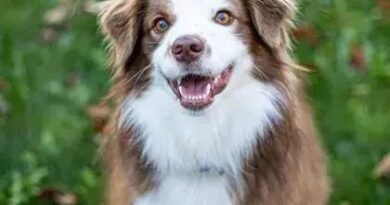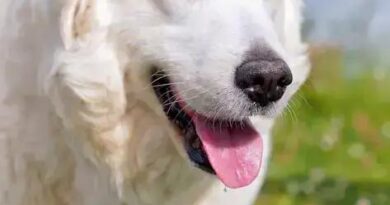What is: Abdominal bloating in dogs
What is Abdominal Bloating in Dogs?
Abdominal bloating in dogs, also known as gastric dilatation-volvulus (GDV), is a serious condition that occurs when a dog’s stomach fills with gas, food, or fluid, causing it to expand. This condition can lead to severe pain and can be life-threatening if not treated promptly. Understanding the signs and causes of abdominal bloating is crucial for dog owners to ensure their pets receive timely medical attention.
Signs and Symptoms of Abdominal Bloating
The signs of abdominal bloating in dogs can vary, but common symptoms include a visibly swollen abdomen, excessive drooling, restlessness, and attempts to vomit without producing any material. Dogs may also exhibit signs of distress, such as whining or pacing. If you notice these symptoms, it is essential to seek veterinary care immediately, as bloating can progress rapidly and lead to shock or death.
Causes of Abdominal Bloating in Dogs
Several factors can contribute to abdominal bloating in dogs. One of the primary causes is the rapid ingestion of food or water, which can cause air to be swallowed along with the food. Additionally, certain breeds, particularly deep-chested dogs like Great Danes and Doberman Pinschers, are more predisposed to developing this condition. Other factors include stress, exercise after eating, and underlying health issues that may affect the digestive system.
Risk Factors for Developing Bloating
Certain breeds are at a higher risk for developing abdominal bloating. These breeds typically have deep chests and include Great Danes, Boxers, and German Shepherds. Age and body condition can also play a role; older dogs and those that are overweight may be more susceptible. Understanding these risk factors can help dog owners take preventive measures to reduce the likelihood of bloating.
Diagnosis of Abdominal Bloating
Veterinarians diagnose abdominal bloating through a combination of physical examinations and diagnostic imaging, such as X-rays. During the physical exam, the vet will assess the dog’s abdomen for swelling and tenderness. X-rays can help determine the presence of gas in the stomach and whether the stomach has twisted, which is a critical factor in diagnosing GDV.
Treatment Options for Abdominal Bloating
Treatment for abdominal bloating often requires immediate veterinary intervention. In many cases, the dog may need to be stabilized with intravenous fluids and medications to relieve pain and reduce gas buildup. If the stomach has twisted, surgery may be necessary to untwist it and prevent future occurrences. The veterinarian may also recommend a gastropexy, a surgical procedure that attaches the stomach to the abdominal wall to prevent it from twisting again.
Preventing Abdominal Bloating in Dogs
Preventive measures can significantly reduce the risk of abdominal bloating in dogs. Feeding smaller, more frequent meals instead of one large meal can help minimize the risk. Additionally, using slow-feed bowls can prevent dogs from eating too quickly. Avoiding vigorous exercise immediately after meals and managing stress levels can also contribute to a lower risk of bloating.
When to Seek Veterinary Care
If you suspect your dog is experiencing abdominal bloating, it is crucial to seek veterinary care immediately. Time is of the essence, as the condition can escalate quickly. Even if your dog shows mild symptoms, it is better to err on the side of caution and consult a veterinarian to rule out any serious issues.
Understanding the Prognosis
The prognosis for dogs with abdominal bloating largely depends on how quickly they receive treatment. If treated promptly, many dogs can recover fully. However, if the condition is not addressed quickly, it can lead to severe complications, including death. Regular veterinary check-ups and being aware of your dog’s eating habits can help ensure early detection and treatment of this serious condition.



